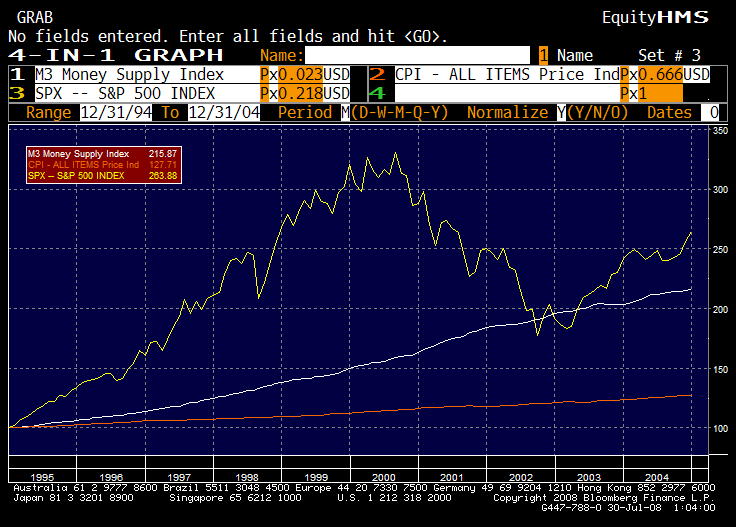On Management Books
I get e-mails from PR flacks asking me to review books on economics and finance.? I tell them, “No guarantee of a review, and if reviewed, no guarantee of a favorable review.”? I give them my address, and they send me a review copy.
I recently received and read a book on how to manage companies better.? After reading it, I was nonplussed.? On the whole, the book was vague and filled with platitudes.? The author claimed to have been a successful CEO of three companies, but he never named the companies, and what digging I did could not turn that fact up.? So, I’m not doing a review or naming the book.? I do know that giving advice to management teams is a career for the writer in his retirement.
Was the advice in the book bad?? Most of it is common sense stuff like how to manage your time, the time of your employees, developing employees, thinking long-term, communicating a vision to employees, etc.? I am reminded of many firms that I have worked for where the management was less than stellar, but it was usually for a pretty basic reason, which varied across the companies.
1) The management team had no idea of how much risk they were taking.? This book would have no relevance to that company, which went bankrupt.
2) The company was seemingly successful, but pressure from a results-oriented management team seemed to lead to compromises in accounting standards.? This book would have no relevance to that company, which is having its share of troubles now.
3) Senior management was insecure about their abilities, and would not listen to their mid-level staffers as problems arose.? This company has merged out of existence.? This book could have been helpful, but as with so many business problems, it is not know what to do, but being willing to do it.
4) The CEO was managing the company to maximize his own pay at retirement.? He succeeded, but the company did badly after his exit, and has merged out of existence.? This book would not have helped, but what management book could convince a man to give up greed, and look out the good of others?? Oh, yeah, the Bible.? But getting someone to read that is harder still.
5) Another seemingly successful company realizes that it needs critical mass outside of its home country, so it starts buying US financial firms.? They buy bargain assets after inadequate due diligence, and end up paying double what they should have.? This book would have been no use to that firm.
6) A rapidly growing asset manager does not realize that they are getting so large that the informal way that they do things isn’t quite cutting it so well, and they need to become more corporate, and less informal/personal.? This book would have given modest help.
7) A business grown from scratch has a strong leader who limits the organization because he has to be involved in everything.? This book would be useful to the organization and him.
8) An organization that excels in design and manufacturing is mediocre in marketing, and poor in financial management.? This book would not help.
So, when I think of how many organizations that I have been closely involved with could have been helped by the book, it is not that many.
Most management book writers don’t have the erudition of the late Peter Drucker, who has long been my favorite writer in this area.? Consider another popular book Good to Great, which still sells quite well.? I usually find the Guy who wrote Freakonomics to be somewhat tedious, but I agree with him on this.? The firms that went from good to great have not been great investments.? If you want to find good investments, it would be better to invest in companies that go from bad to good.? That is where money is made.? The cost of going from bad to good is small, usually, and the reward is high.? The costs are higher going from good to great, and the incremental rewards are not as great.
So, being great is not so great, but being good is pretty good.? If you need to think about management, read books by Drucker; they are classic, and will teach you more than management, they will help you think better.? Look at Buffett and Munger — they are intelligent men who understand people, and are always learning.? They are atypical, but effective CEOs.
There is no one perfect management style, it varies by the individual and the industry.? I would only say this, build up your people skills, industry knowledge, general knowledge, and ability to understand basic finance, and you can do better as a manager.? Most important, is that you have to want to become a better manager, and from my experience, most managers don’t want to do it.
I do have some more book reviews coming up, one on energy, and another few on quantitative finance.
Full disclosure: if you buy books/things from Amazon please consider doing so by entering Amazon through the links on my leftbar.? It will not increase your costs at all, but I will get a small commission.? This is my version of the “tip jar” and the best part of it is it doesn’t cost you a dime.


